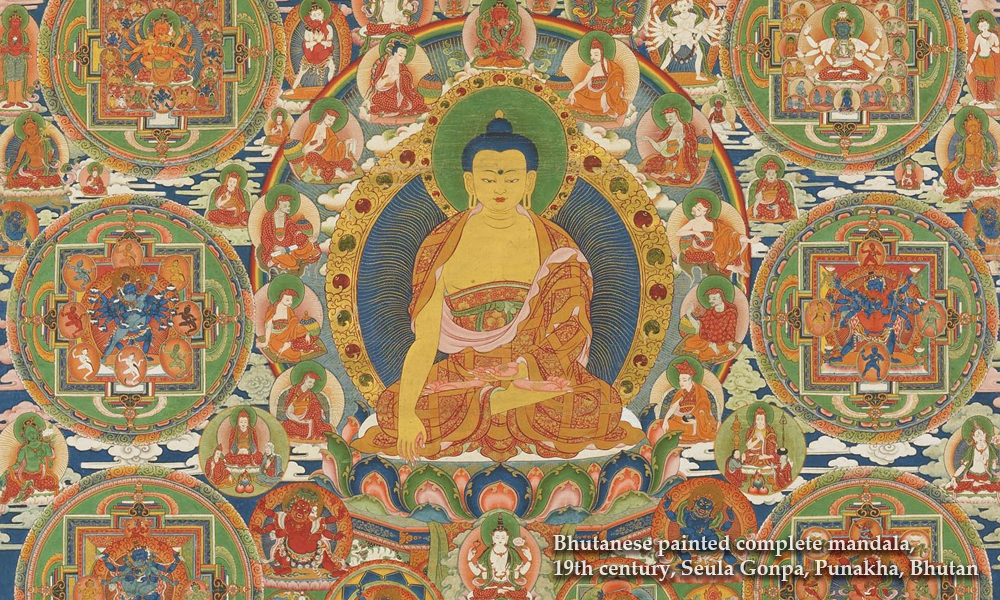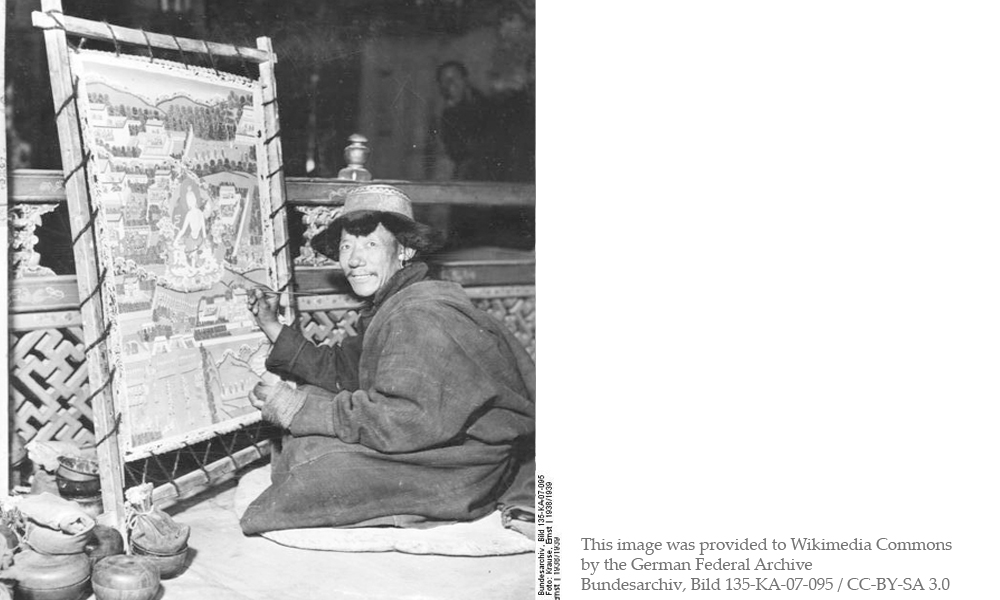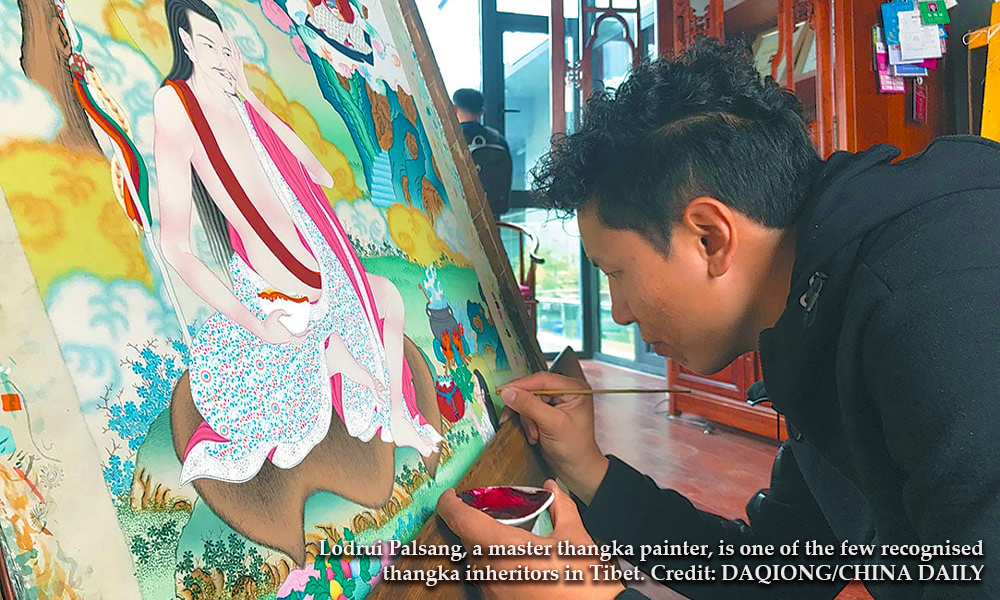
The Thangkas
BODHI ADMIN - Posted on July 12, 2019 - 3,169 Views
Thangkas are silk or cloth paintings of religious nature and commonly found in Tibetan culture. As the canvas of Thangkas are made of cloth, they can be easily rolled up for transportation.
Originally the thangkas were used as a medium for proclamation, over time it evolved into a religious medium. Although traditionally found in temples, Thangkas can be found in residential homes or offices where they serve either as decorative pieces or objects for veneration.

Topics for Thangkas
The topics for Thangkas are wide and varied. Thangkas are known to feature:
1. Buddhas and Bodhisattvas
2. Tibetan Guardian deities, gods and devas
3. Historical figures such as Guru Rinpoche
4. Buildings and architecture
5. Social activities such as hunting, dancing etc
6. Scenes from Buddhist stories
7. Religious activities such as chanting and praying
8. Buddhist artifacts
9. Animals and plants

How to produce a Thangka?
The first step for the making of a thangka is to prepare a suitable piece of fabric. A thick layer of white pigment mixture, such as finely ground chalk or white clay, will be used to fill in the textured surfaces before they can start to draw on it.
When the canvas is ready, the artist will start with the initial sketch of the picture and fill up the background with selected colour or some drawings of landscape, followed by adding colour and shading to the painting. The whole painting process will be completed by the application of gold ornamentation, fine gold lines are painted on to add in more details for the painting.

After the final touch-up, the finished painting is sewn within a frame and finished with ribbons and silk to protect the image. The work of art is now recognizable as a Thangka! A cloth cover is added to protect the Thangka when the Thangka is not in use. When in use, the cover is rolled up and tied at the top.
For some artists, the process of creating a Thangka is akin to mindfulness practice where the entire creation process is done with care and concentration. Patience and dedication are required to ensure no mistakes and a perfect painting!
Next time when you have the opportunity to view a Thangka, take some time to admire the work of the artists!
MORE ARTICLE: Buddha Footprint (Buddhapada)
MORE ARTICLE: In the Footsteps of the Buddha
MORE ARTICLE: The Eight Auspicious Symbols




